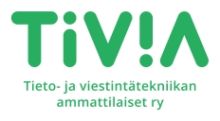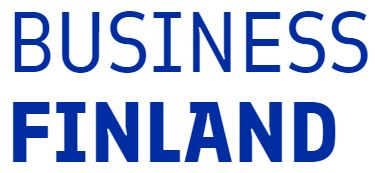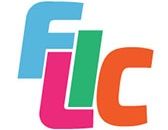SEO For Dummies

![]() G-Works palvelee asiakkaitaan neljällä eri kielellä. Tämän artikkelin on kirjoittanut G-Worksin entinen developer Joshua Onyenwere.
G-Works palvelee asiakkaitaan neljällä eri kielellä. Tämän artikkelin on kirjoittanut G-Worksin entinen developer Joshua Onyenwere.
Search Engines (SE) and SEOs
If you’re interested in improving your site’s visibility on Search engines, here is your getting started guide. You don’t necessarily have to understand coding, but you definitely have to spend some time to consistently evaluate how your site is organized and written, and also be willing to make some changes to your site. The good news is that a little effort can go a long way in improving your site visibility.
Search engines (SE) like Google, Bing, Yandex, have three fundamental functions: crawling and building an index, and providing the users with a ranked list of the websites that have been determined are the most relevant. They typically assume that the more popular a website is, the more valuable the information it contains is to the users.
SEO, on the other hand, stands for “Search Engine Optimization.” Put simply, it refers to the process of improving a website to increase its visibility for relevant searches performed on Search engines. The better visibility the website pages have (that is, ranked high and at the top of the list of searched items), the more likely they are to gain attention and attract prospective and existing users/customers to the site.
Think of the Search engines as an answering machine that responds with a ranked list of websites. When a person performs a search online, the search engine combs its databases of billions of documents and does largely two things: first, it returns only those results that are relevant or useful to the user’s query; then, it ranks those results according to the popularity of the websites with the information.
A well optimized site aims to influence both its relevance and popularity on search engines to increase and/or improve site traffic. Essentially, the foundation of a good search engine optimized site or page begins with ensuring crawl accessibility, then moves up from there.
How exactly does the Search Engines rank websites?
Search engines like Google have transcended from being just another search engine. It has become more pervasive in its use due to its ease-of-use interface and personalised user experience but understanding how its complex and ever-evolving algorithms work may seem impenetrable.
However, chances are you are already familiar with many of the techniques that improve SEO, because essentially they are vital elements for any web page, but you may not be utilising the most out of them.
In practice, SEO is often about making little changes to parts of your website. These changes might seem like incremental improvements when viewed independently, but when combined with other optimisations, could have a noticeable impact on your site’s performance and user experience.
We’ve compiled some common guidelines that content marketers often follow to help you quickly improve your site SEO.
Create pages primarily for humans, not for search engines.
One of the crucial elements to building an online marketing strategy around SEO is empathy for your audience. It is ironic that choosing to make your site optimized for search engines and more accessible is not only a way to serve a larger customer base; if implemented correctly, optimized web pages also boost web accessibility, and vice versa.
Clear hierarchy
Make websites with a clear hierarchy and text links. The better your site structure, the more likely your site would rank higher in the search engines.
Descriptive keywords (SEO keywords)
Use keywords to create descriptive, human-friendly URLs. SEO keywords, implemented correctly, help to improve search engine rankings for those terms. There are several keyword research tools to help find SEO keywords during. This process of keyword research is essential to choose keywords based on a combination of search volume, their competition and commercial intent. The key objective is to produce fresh content regularly.
Avoid cloaking
“Cloaking” is a practice where users are presented with one content but a different content presented to search engines. Avoid cloaking or any attempt to fill your web pages with keywords, or creating “crawler only” pages. Google crawlers consider “cloaked” web pages that contain pages, texts, or links that you don’t intend visitors to see as deceptive and could ignore your site.
Other things to avoid
Avoid using images to display keywords, content or important names, or links. Search engine crawlers don’t recognize texts that are contained in images. Instead, use the HTML “Alt” attributes. Better still, provide the information to the main content and keywords on your page in regular HTML.
Also, avoid creating multiple copies of similar pages under different URLs. This is generally considered a bad practice and can affect your search results.






















































